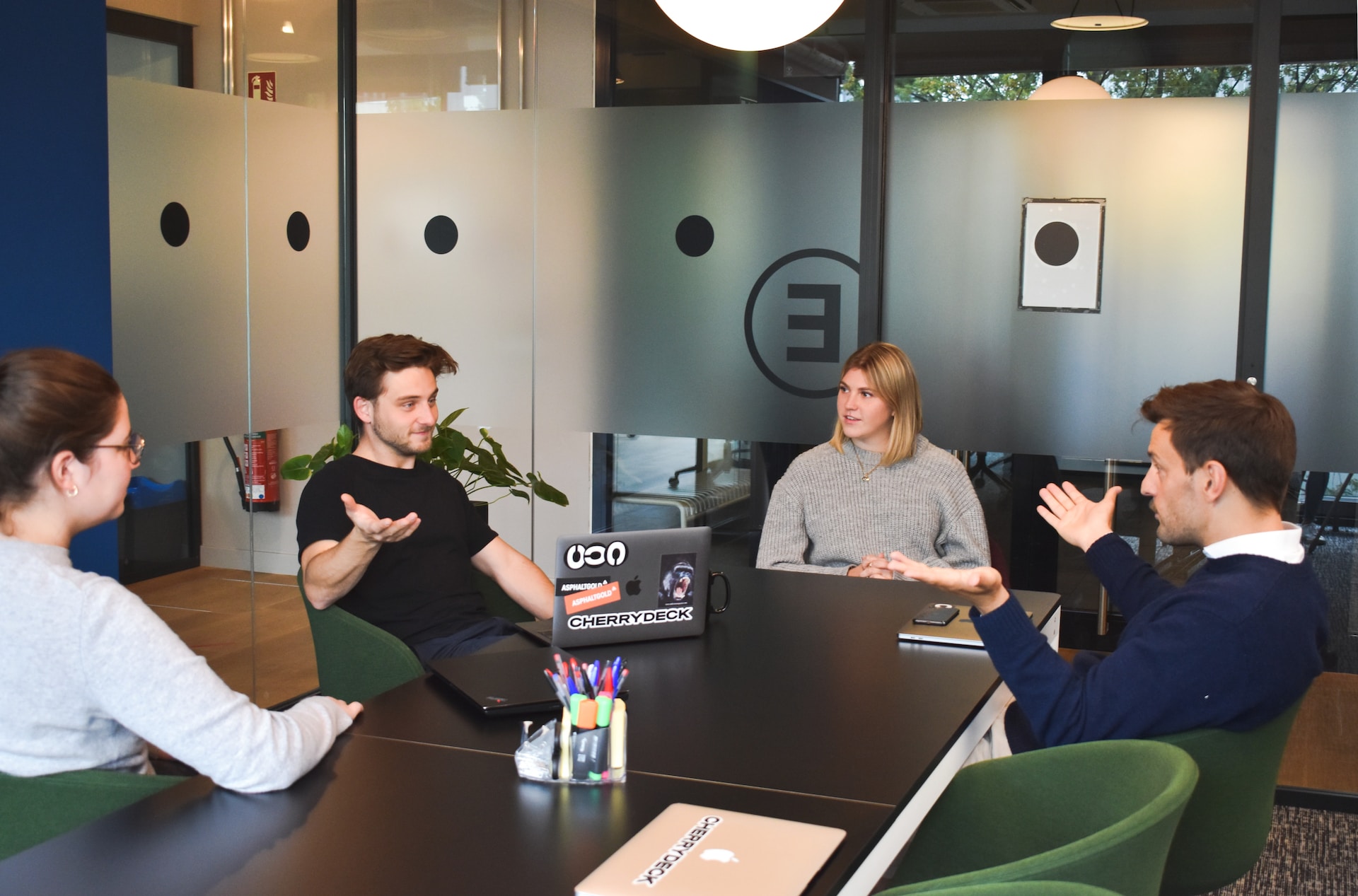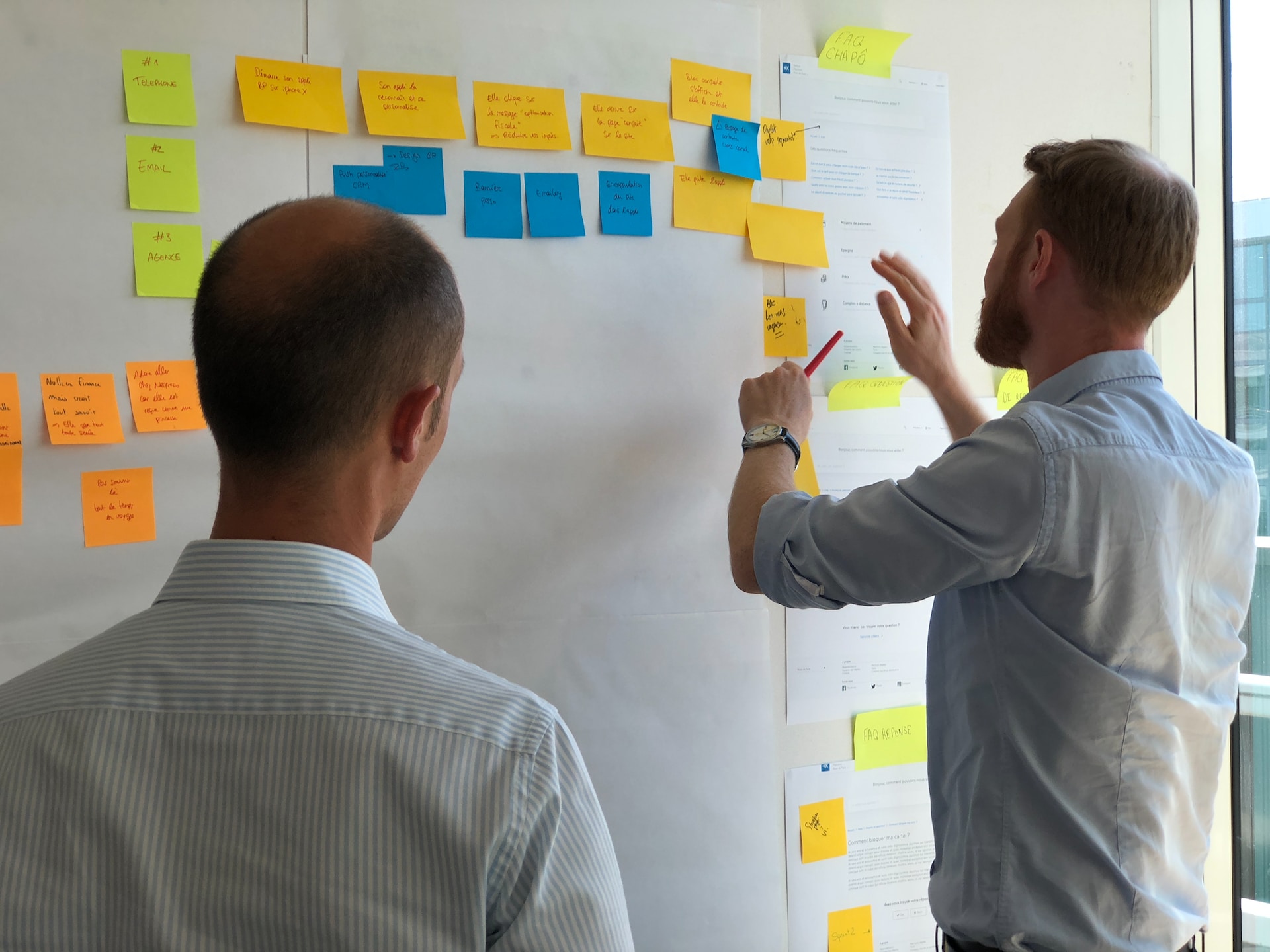What is User Research?

Surveys: Gathering Quantitative Data
Advantages of Surveys
- Scalability: Surveys can be distributed to a large number of users quickly and easily, making them ideal for collecting data from a broad user base.
- Cost-effectiveness: Online survey tools are often affordable and can provide valuable insights without breaking the bank.
- Anonymity: Since surveys are typically anonymous, users may be more likely to provide honest feedback.
Tips for Creating Effective Surveys
- Keep it short and simple: Users are more likely to complete shorter surveys. Limit your survey to essential questions and use clear, concise language.
- Use a mix of question types: Incorporate multiple-choice, Likert scale, and open-ended questions to collect varied data.
- Test your survey: Before distributing your survey, test it with a small group of users to identify any issues or confusion.
- Offer incentives: Incentives, such as gift cards or discounts, can encourage users to participate in your survey.
Example: Spotify's Annual User Survey
Interviews: Gaining Qualitative Insights
Advantages of Interviews
- Rich, qualitative data: Interviews provide detailed insights into users' thoughts, feelings, and experiences.
- Flexibility: Interviewers can adapt the conversation to follow up on interesting points or explore specific topics in greater depth.
- Rapport-building: Interviews can help build rapport and trust between the researcher and the user, leading to more candid feedback.
Tips for Conducting Effective Interviews
- Prepare a list of open-ended questions: Open-ended questions encourage users to share their thoughts and experiences in their own words.
- Create a comfortable environment: Establish a relaxed atmosphere to encourage open and honest communication.
- Listen actively and empathetically: Give users your full attention, and demonstrate that you understand and value their perspective.
- Take detailed notes: Document user responses during the interview to ensure accurate recall of key insights.
Example: Airbnb's Host Interviews

Usability Testing: Evaluating Product Performance
Advantages of Usability Testing
- Identifying issues: Usability testing helps product managers uncover usability problems, which can be addressed before the product is released to a broader audience.
- User-centered feedback: Observing users interact with a product provides direct, user-centered feedback that can inform product improvements.
- Validating design decisions: Usability testing helps validate design decisions and ensure they align with users' needs and expectations.
Tips for Conducting Effective Usability Testing
- Define clear objectives: Establish specific goals for your usability testing, such as identifying pain points, validating design choices, or assessing task completion.
- Recruit representative users: Choose test participants who closely resemble your target user group to ensure relevant insights.
- Prepare a test script: Create a script with tasks and scenarios for users to complete during the test session, focusing on key areas of interest.
- Collect both quantitative and qualitative data: Record users' actions, task completion rates, and any issues encountered. Additionally, gather qualitative feedback through post-test interviews or questionnaires.
Example: Google's Usability Testing for Gmail
Choosing the Right User Research Method
- Research goals: Determine whether you are seeking quantitative data (e.g., surveys), qualitative insights (e.g., interviews), or product performance evaluation (e.g., usability testing).
- Sample size: Consider whether you need a large sample size (e.g., surveys) or are seeking more in-depth information from a smaller group (e.g., interviews or usability testing).
- Resources: Assess the available resources, such as time, budget, and personnel, to determine which method is most feasible.

Related Courses
AI for Customer Research: Future-Proof Your UX & Product Skills
Gain hands-on mastery of AI research tools and frameworks to deliver trusted insights faster while maintaining the rigor that matters.
User Interview Skills for Designers & PMs
Hands-on practice & expert guidance to 10x your interview skills. Get insights that power smart, data-driven product & design decisions.
Influential Research: How to Influence Product Decisions with Research
Learn to collect evidence like a detective, build your case like a trial attorney, and present it with a news anchor's confidence.
Master Your Product Design and UX Research Job Search
Upgrade Your Job Search in 3 Weeks
UX Research That Gets Results
Get hands-on experience conducting effective UX research. Learn to drive big outcomes for users - even with limited time and resources.
Business Influence for UX Researchers
Maximize impact and influence business outcomes through intentional research
You might also like

User Testing: Which One to Use, How to Implement and Analyze

Mastering Competitive Positioning: A Comprehensive Guide for Product Managers

How to Say "No" to Your Boss

